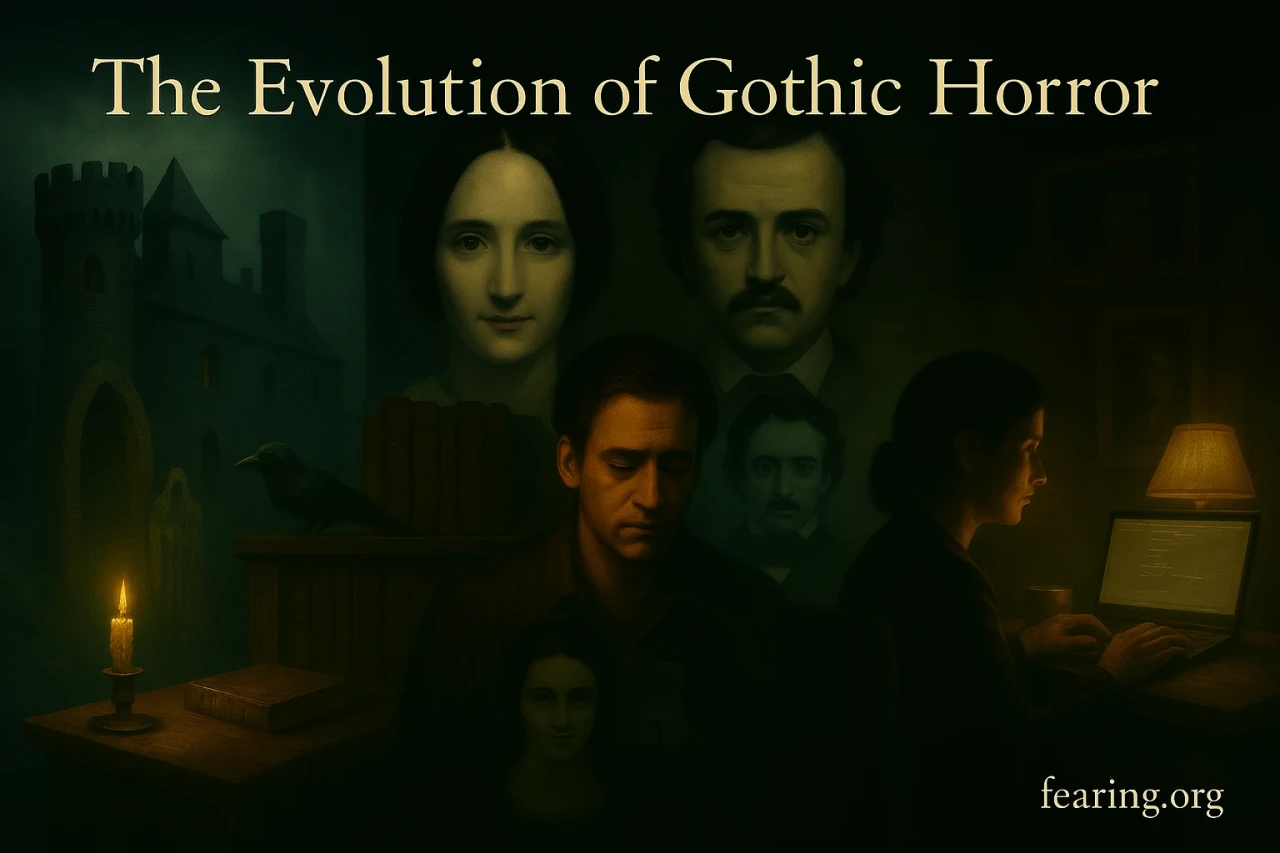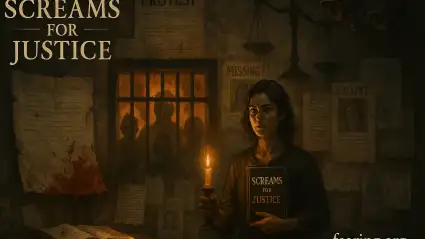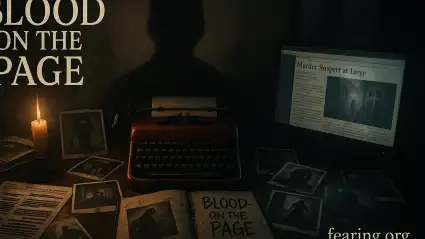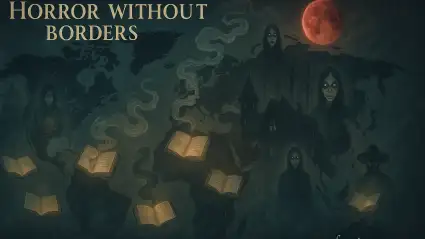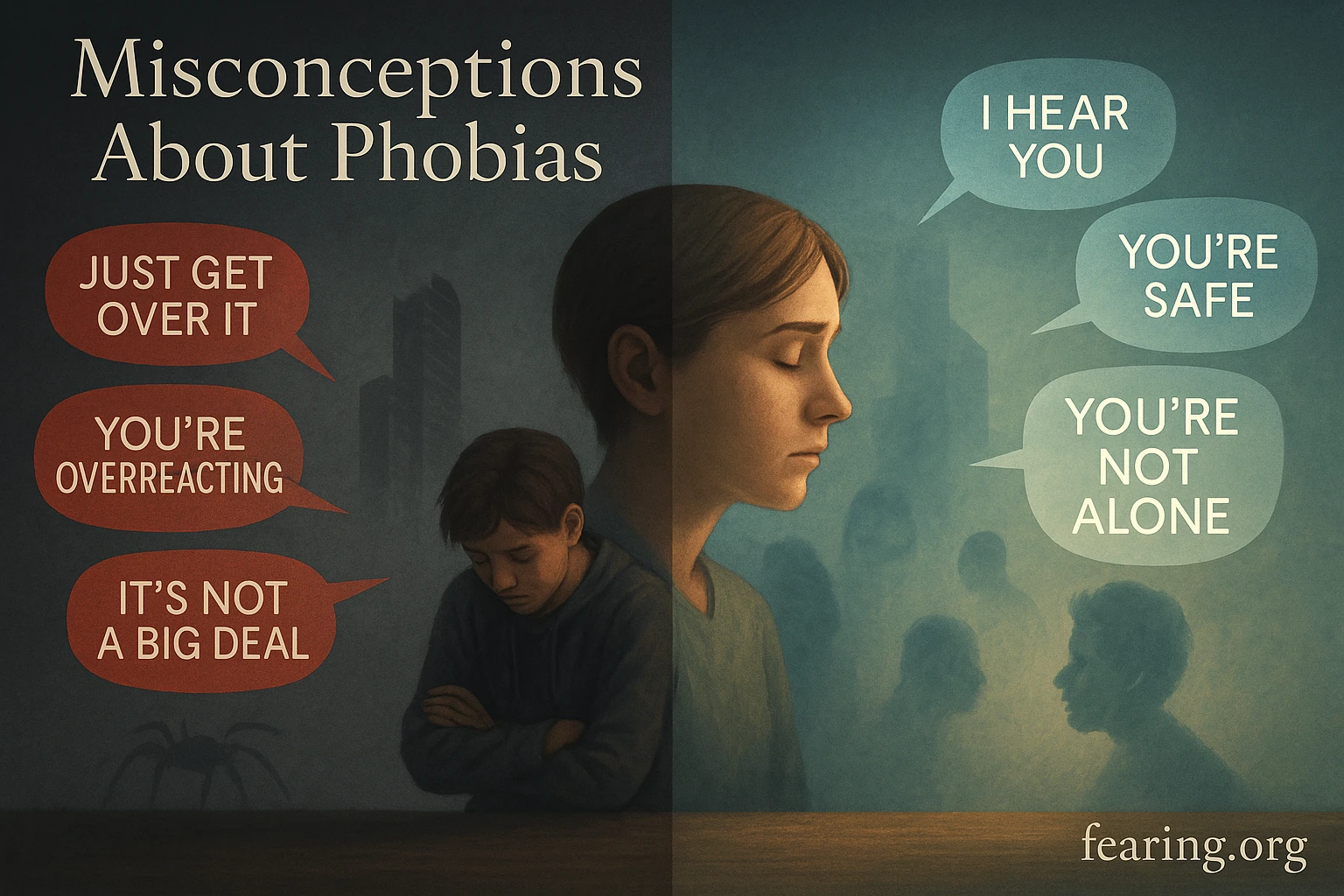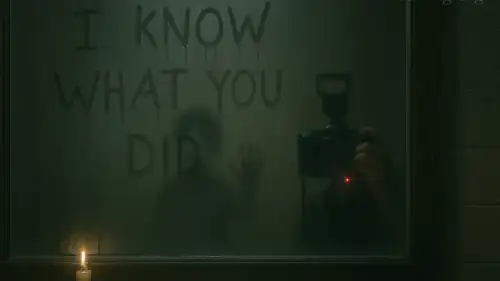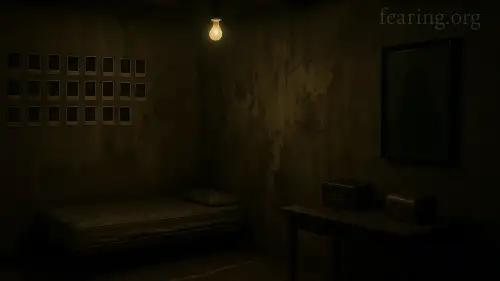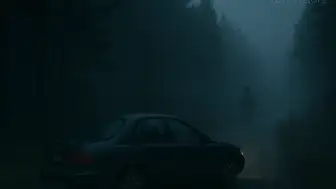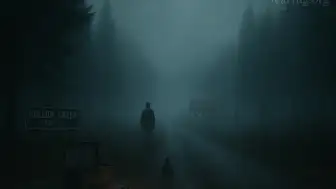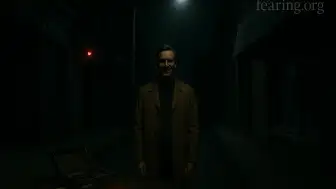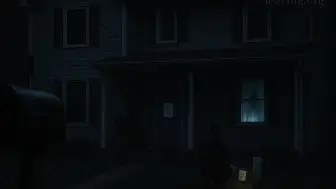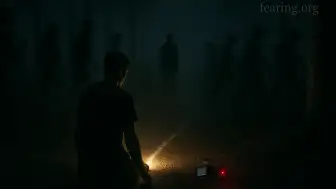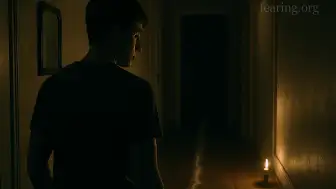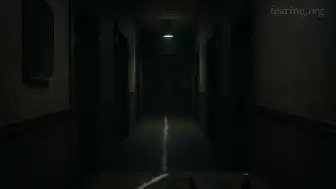Gothic horror literature has cast its eerie spell on readers for more than two centuries. With its brooding castles, haunted minds, and whispered secrets, this genre has become a cornerstone of literary fear—transforming with each generation while retaining its chilling essence. But how did gothic horror begin? And how has it evolved from the cobwebbed corridors of 18th-century fiction to the psychological darkness of modern narratives?
"Gothic horror is not just a genre—it’s a mirror into the human psyche’s darkest halls."
In this article, we journey through the timeline of gothic horror, from its mysterious roots to its modern-day manifestations, unveiling how it has reflected society’s shifting fears and obsessions.
The Birth of Gothic Horror: 18th Century Foundations
The gothic genre emerged during the late 1700s, most notably with Horace Walpole’s The Castle of Otranto (1764). This novel, widely considered the first gothic novel, set the tone with its combination of supernatural terror and crumbling medieval settings.
Key features of early gothic horror:
Isolated settings (castles, abbeys, ruins)
Supernatural elements
Themes of madness and fate
Heroines in peril
Tyrannical patriarchs
Following Walpole, authors like Ann Radcliffe, Matthew Lewis, and William Beckford expanded the genre. Radcliffe’s The Mysteries of Udolpho (1794) brought psychological depth to the genre, using suggestion and ambiguity rather than outright horror.
19th Century: Romanticism Meets the Macabre
The 1800s brought a romantic flair to gothic horror. This era saw the rise of two seminal figures:
Mary Shelley, whose Frankenstein (1818) blended gothic atmosphere with proto-science fiction, exploring themes of creation, isolation, and monstrosity.
Edgar Allan Poe, whose tales like The Fall of the House of Usher and The Tell-Tale Heart elevated psychological horror and unreliable narration.
The Victorian period deepened gothic horror’s reach into the urban psyche. Authors like:
Bram Stoker (Dracula, 1897)
Robert Louis Stevenson (Dr. Jekyll and Mr. Hyde, 1886)
Oscar Wilde (The Picture of Dorian Gray, 1890)
…used gothic horror to question morality, duality, and the repression of Victorian society.
The 20th Century: From Gothic to Psychological Horror
In the 20th century, the gothic sensibility adapted to modern fears. Traditional castles were replaced with:
Abandoned asylums
Suburban homes
Inner psychological landscapes
Writers like:
Shirley Jackson (The Haunting of Hill House, 1959)
Daphne du Maurier (Rebecca, 1938)
William Faulkner (A Rose for Emily, 1930)
…shifted the horror inward, focusing on repression, trauma, and decaying family structures.
Southern Gothic, a subgenre emerging in American literature, introduced grotesque characters, decaying settings, and moral corruption—seen in works by Flannery O’Connor and Carson McCullers.
"Modern gothic isn’t about haunted castles—it’s about haunted minds."
Contemporary Gothic Horror: Blending Genres and Voices
Today, gothic horror continues to evolve through diverse voices and hybrid narratives. Modern authors often merge gothic tropes with:
Feminist and queer perspectives
Social commentary
Non-Western cultural motifs
Examples include:
Silvia Moreno-Garcia’s Mexican Gothic (2020), which reimagines gothic themes through a Latin American lens.
Victor LaValle’s The Ballad of Black Tom (2016), which subverts Lovecraftian horror with racial critique.
Carmen Maria Machado, whose work blends horror, memoir, and gothic surrealism.
Modern media adaptations—like The Haunting of Hill House (Netflix) and Crimson Peak (2015)—also continue to reinvigorate the genre visually.
Gothic Horror’s Enduring Appeal
Why does gothic horror endure? Because it taps into timeless anxieties:
Fear of the unknown
Fear of madness
Fear of what lies beneath appearances
Its atmospheric richness, emotional intensity, and symbolic depth give it eternal relevance. From decaying castles to decaying minds, the gothic reminds us: we are never truly safe—from others, from the past, or from ourselves.
"Gothic horror doesn’t die—it lingers, like a whisper in the dark."

